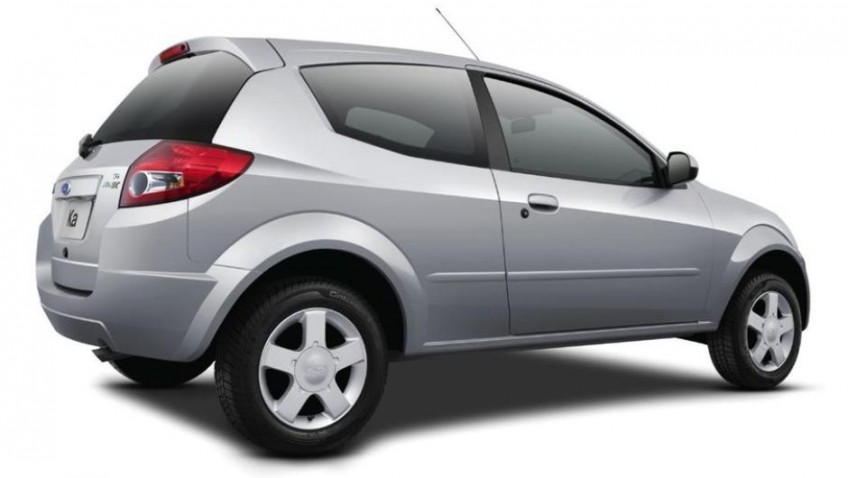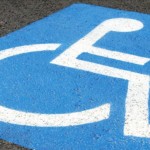There has been some negative publicity recently regarding the withdrawal of mobility vehicles for some disabled people under the age of 65 who have been re-assessed for the new benefit.
There is still a great deal of confusion surrounding the new scheme, but it appears that those who are currently in receipt of the higher rate of Disability Living Allowance and are over 65 will continue to be assessed under the existing scheme.
Personal Independence Payment (PIP) is a new benefit for people who need help taking part in everyday life, or who find it difficult to get around. It replaces the Disability Living Allowance for people between the ages of 16 and 64 inclusive.
In England, Scotland and Wales this has already been rolled out in April 2014 with Northern Ireland being introduced during this next financial year.
According to DWP’s latest figures, about 208,000 were claiming PIP in October 2014. More than three million others still claim DLA and have yet to switch but it’s hoped everyone will have done so by October 2017.
The recent Work and Pensions Committee report says the length of time disabled people have to wait to find out if they are eligible for benefit is unacceptable. The report found that new PIP claim can take six months to process as opposed to the expected 74 days.
Income from PIP is ignored in the calculation of means-tested benefits including Universal Credit, Pension Credit, Income Support, income-related Employment and Support Allowance, income-based Jobseeker’s Allowance, Housing Benefit, Child Tax Credit and Working Tax Credit.
If you are 65 or over and you have care needs, you can’t claim PIP, but you may be able to claim Attendance Allowance. If you are awarded PIP before you reach that age it can continue.
The age limit of 65 will increase gradually between November 2018 and October 2020 to be in line with the State Pension Age.
PIP isn’t based on National Insurance contributions and isn’t means-tested. You can claim it whether you’re working or not.
PIP has two parts – a daily living component and a mobility component. They’re paid at different rates, depending on the level of difficulty you have performing particular activities such as preparing food and drink, or dressing and undressing. You may be able to claim one or both.
What you need to do next
The most important thing you can do at this stage is ensure that the DWP has your correct contact details. You don’t need to do anything else until the DWP writes to you, however, once they have contacted you, make sure you respond within their given timescales.
The Motability Scheme
The Motability Scheme enables disabled people to lease a new car, scooter or powered wheelchair by exchanging their Government funded mobility allowance. If you receive either the Higher Rate Mobility Component of Disability Living Allowance (HRMC DLA), the Enhanced Rate of the Mobility Component of Personal Independence Payment (ERMC PIP), the War Pensioners’ Mobility Supplement (WPMS) or the Armed Forces Independence Payment (AFIP) you may be eligible to join the Motability Scheme.
You can find out more about the Motability Scheme, which is an independent national charity, at their website: www.motability.co.uk or call 0300 456 4566





